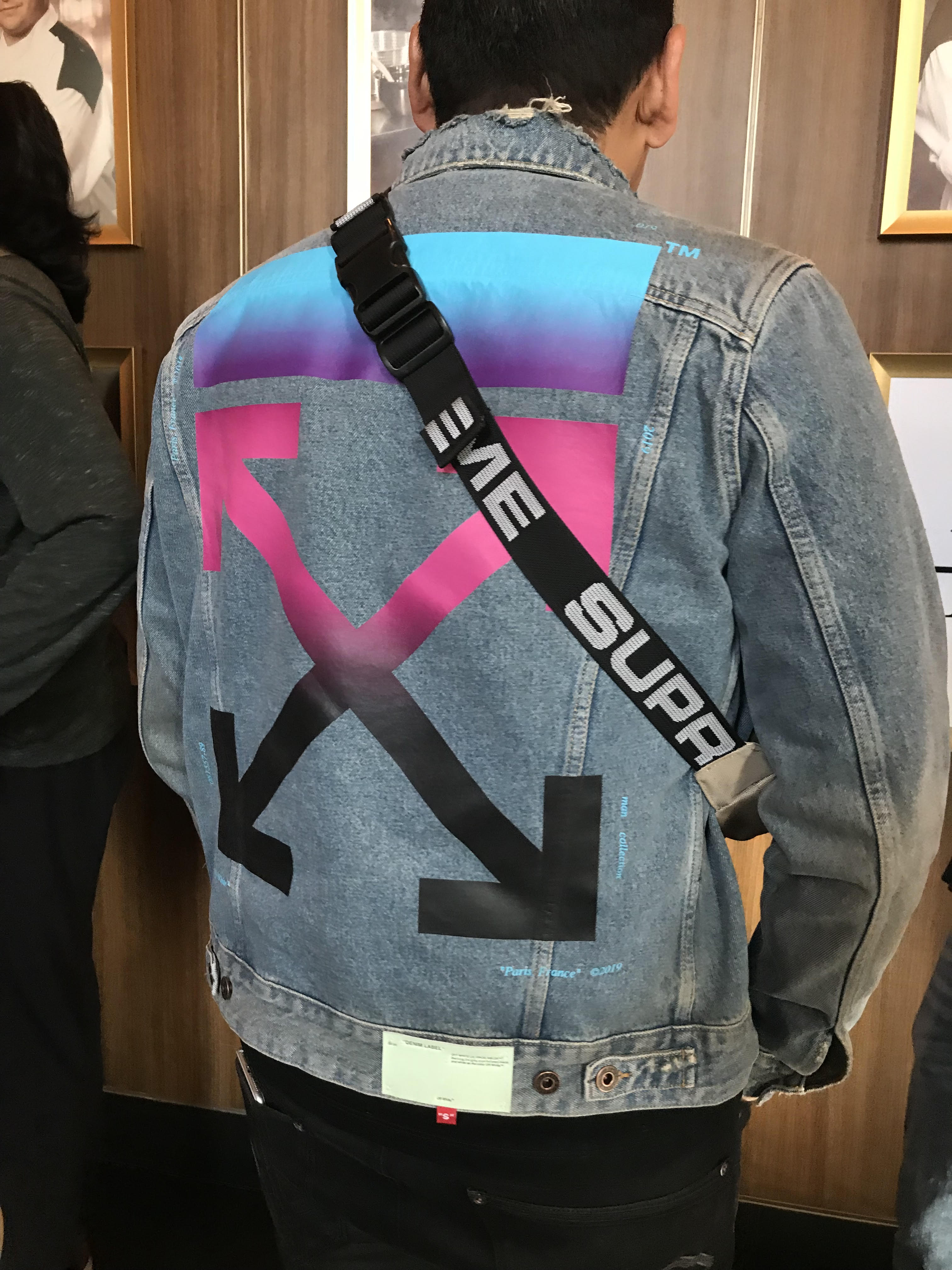
As the father of teenagers and a university professor, I have become increasing aware of various popular “lifestyle brands.” I can confidently say I am not a part of these communities and as far as I know I don’t own any clothing or products that would be considered cool. I can probably best be described as a curious voyeur. Part of what I find intriguing about these brands is they don’t rely on traditional demographic research to market their products but rather what industry experts call psychographic research. They identify and infiltrate communities that engage in particular overt behaviors with distinct values, attitudes and interests.
One example is Supreme and its link to skateboarding and the skateboarding community. These brands often collaborate with artists and other businesses to develop products that embody the community’s beliefs, values and convictions. Interestingly, psychographics linked with microtargeting was the same technique used by Cambridge Analytica in the 2016 US presidential election.
The artists that collaborate on these projects operate within popular culture and embrace consumerism as a viable medium for their work. There is little if any innovative or new products that emerge from these collaborations. Rather they appropriate, say, a hooded sweatshirt, belt or pair of shoes and decorate it with logos, images and decals. Remarkably, this simple move transforms a common piece of clothing that would regularly sell for $19.99 into a fashion statement priced at $495 or more. This business model, combined with the huge profit margins, has spawned a lucrative resale and knock-off industry. When buying this type of clothing determining its authenticity is paramount.
If you are paying hundreds of dollars for a t-shirt in order to identify with a particular social phenomenon you want the “real” thing. Interestingly, verifying authentic product is not much different from determining the authenticity of a work purchased through Christie’s auction house.
Some might argue that purchasing an original work of art is the ultimate “lifestyle” statement. In many ways it is associating yourself with a particular point of view or attitude about life — where the artist becomes a lifestyle brand and the work an expression or symbol of that lifestyle. If this is the case, my personal artistic brand is about art being much more than expressing yourself or affiliating with a particular point of view. It is about enriching your life. It is not the expressive nature of art that makes it so potent — it is art’s transformative potential. Have you ever read a book, watched a movie, heard a song on the radio, stood in front of a painting, experienced a space and realized you weren’t the same person you were before the encounter? I have. That is the intoxicating power of art.
